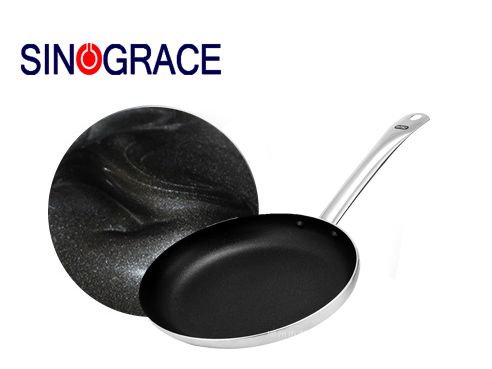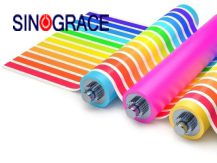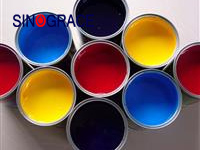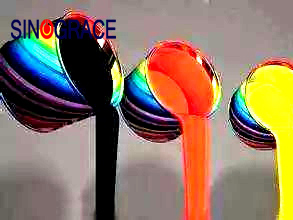Is the coating on a non-stick pan toxic?
If you've ever used a non-stick pan, you know how good it is.You don't need any cooking skills to get a spoonful of rice without the rice crust and a full fried egg for breakfast. It also cooks healthier with less oil and less paste. However, in recent years, "non-stick pans are toxic" claims abound; Also many people see the bottom of the non-stick pan is scratched, showing mottled lines, always worry about coating toxic. Are non-stick pans really toxic? Non-stick pans are controversial because of their coating. But the reason why can "not stick", with "Teflon" on the surface of the uneven gap filled, forming a really smooth "film". Teflon is a polymer made of tetrafluoroethylene as a monomer polymerization, with good heat resistance, cold resistance, acid resistance, alkaline resistance, strong stability, almost not by any material erosion, so it is also known as the "plastic king". Because Teflon carries labels such as "polymer" and "plastic", it is easy to think of toxic and carcinogenic, which is also an important reason for the spread of the "non-stick frying pan carcinogenic". In fact, teflon itself isn't toxic. But in the production of teflon, some bad manufacturers use a processing aid called PFOA (ammonium perfluorooctanoate), which has been linked to thyroid diseases, high cholesterol, ulcerative colitis and other diseases, and has a certain cancer risk. But PFOA has been banned in most countries, including China. Therefore, we buy in the formal mall, in line with the national standard Teflon coating non-stick pan, in fact, is very safe. In addition, the melting point of Teflon is about 327℃, so it can withstand a high temperature of 300℃ in a short time, while it can be used for a long time below 260℃. Generally, the temperature in cooking cannot reach this level. In life, the temperature of the oil used for stir-frying and refrying is about 70 percent hot, and its temperature value is 190℃ - 240℃; After cooking pickled cabbage fish and boiled vegetables, the oil temperature is nine to ten percent hot, and the temperature is between 250℃ and 300℃. It can be seen that the safety index of Teflon coated non-stick pan is still very high under normal cooking temperature. At present, most of the non-stick pan, with a long time will inevitably appear coating off or be scratched phenomenon, at this time can also be used? Some experts said that teflon properties are very stable under normal use, and even if you ingest a small amount of fallen coating particles, they will generally be excreted by the human body, so it does not seriously affect your health. But when the coating falls off, it does pose a health risk: on the one hand, the food tends to stick and become burnt, which is not only difficult to clean, but also prone to produce more harmful substances. Under normal circumstances, the normal service life of non-stick pan is 1-2 years, but when its non-stickiness disappears, even if the coating is not damaged, it should be replaced in time...
read more

 English
English français
français русский
русский español
español العربية
العربية








